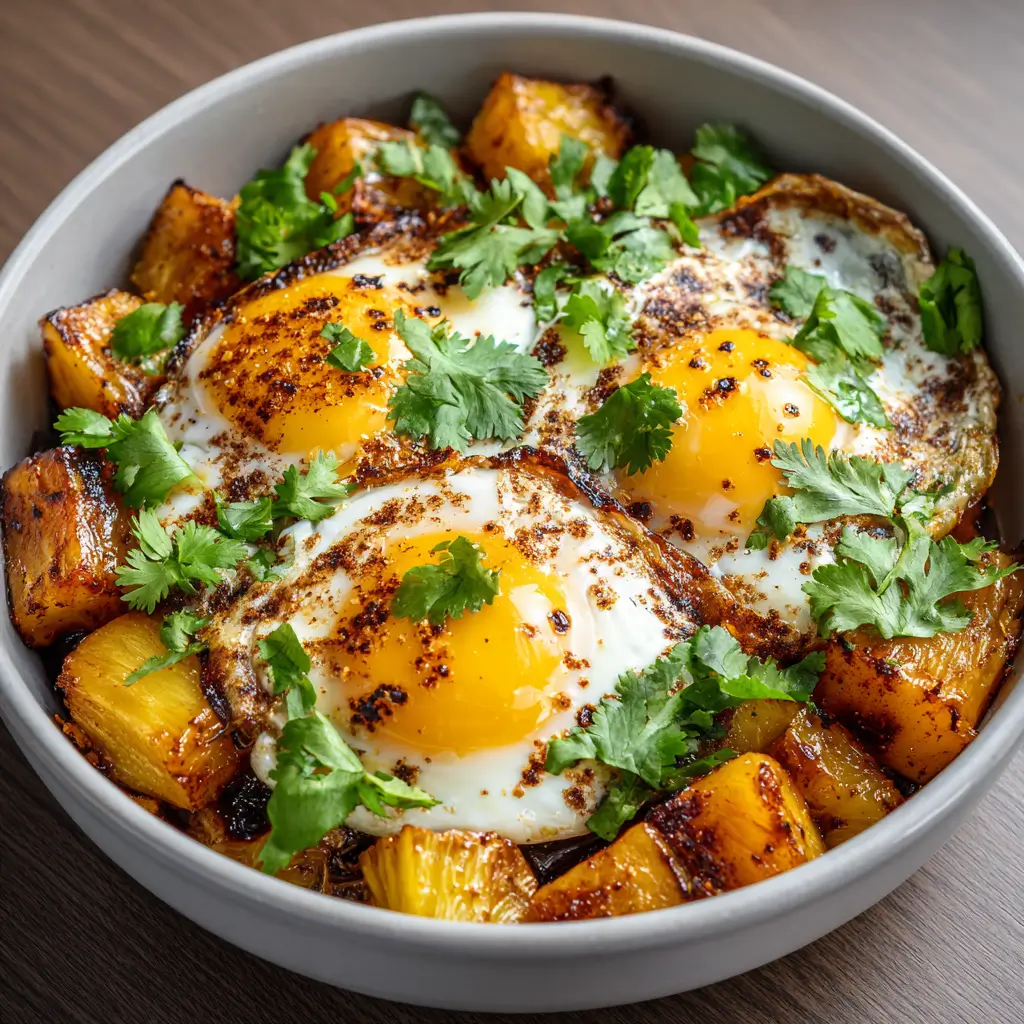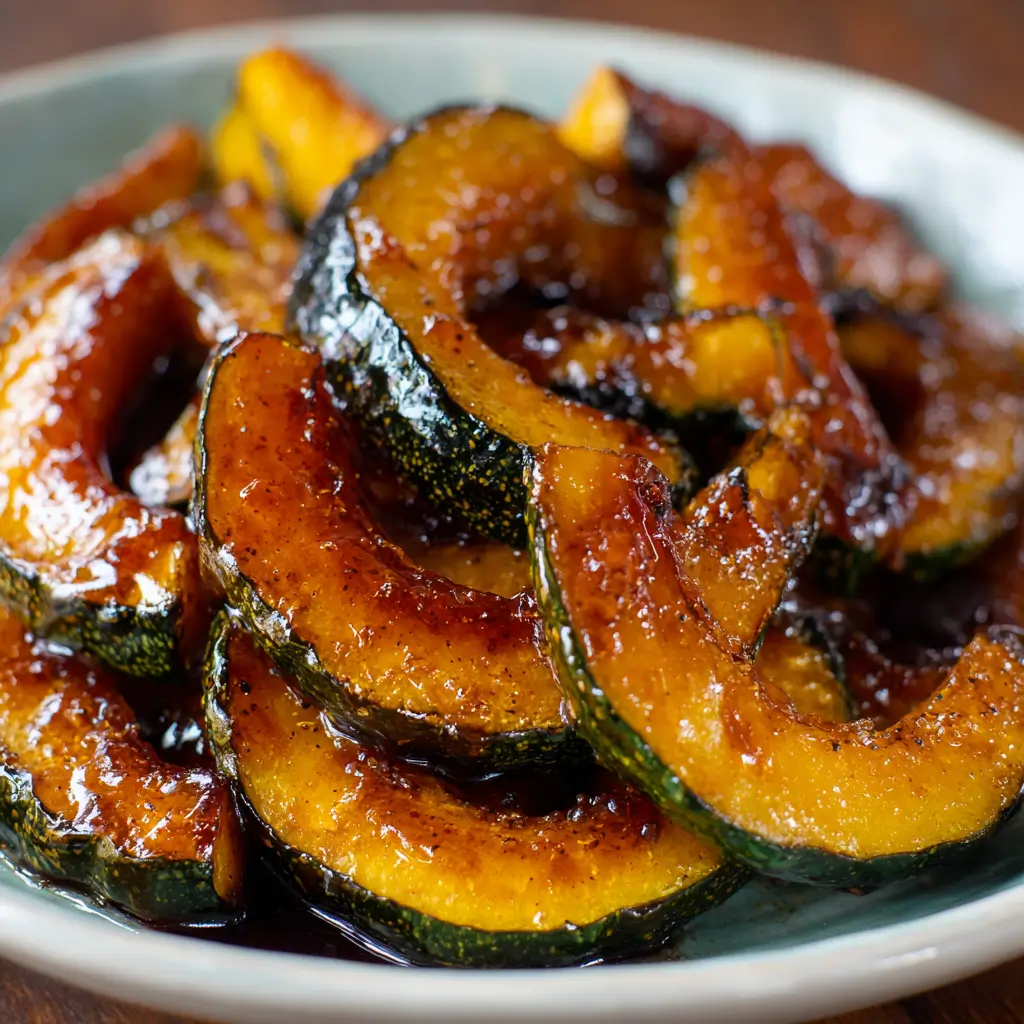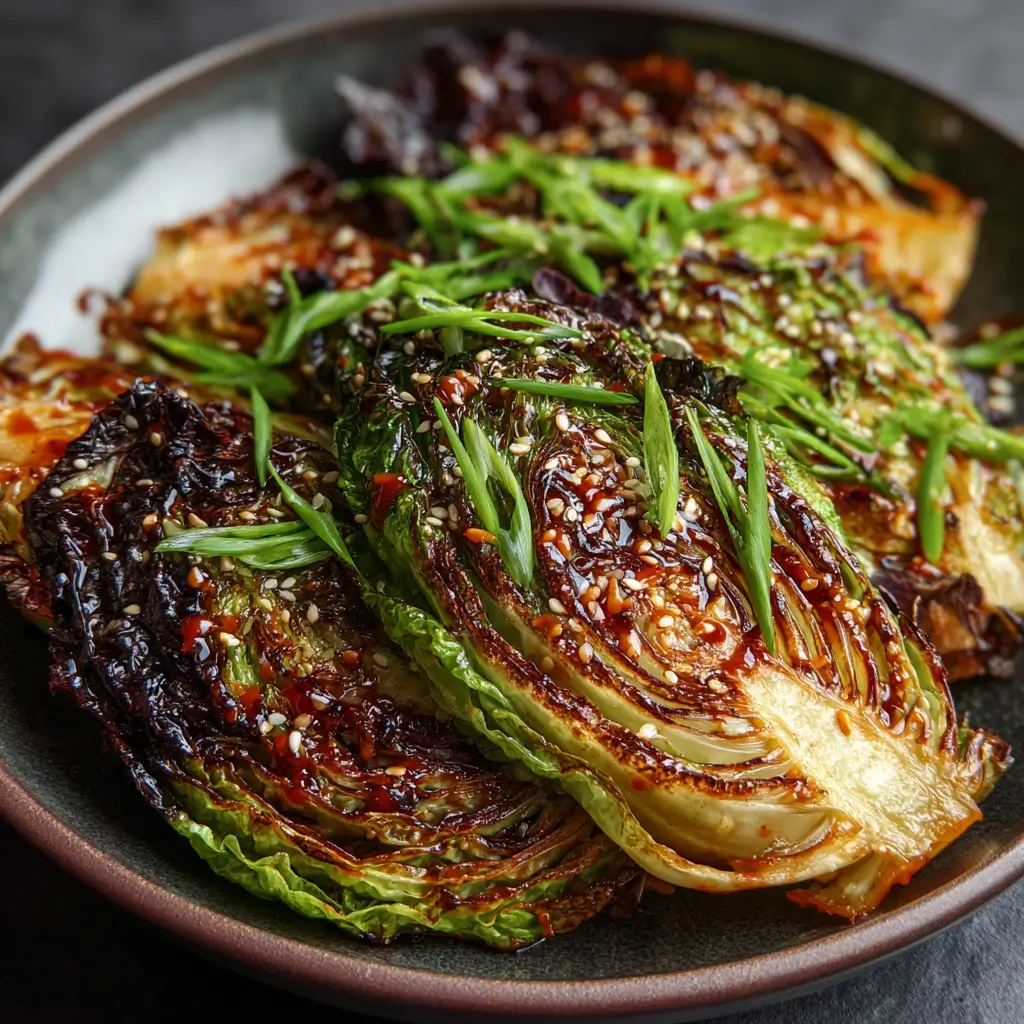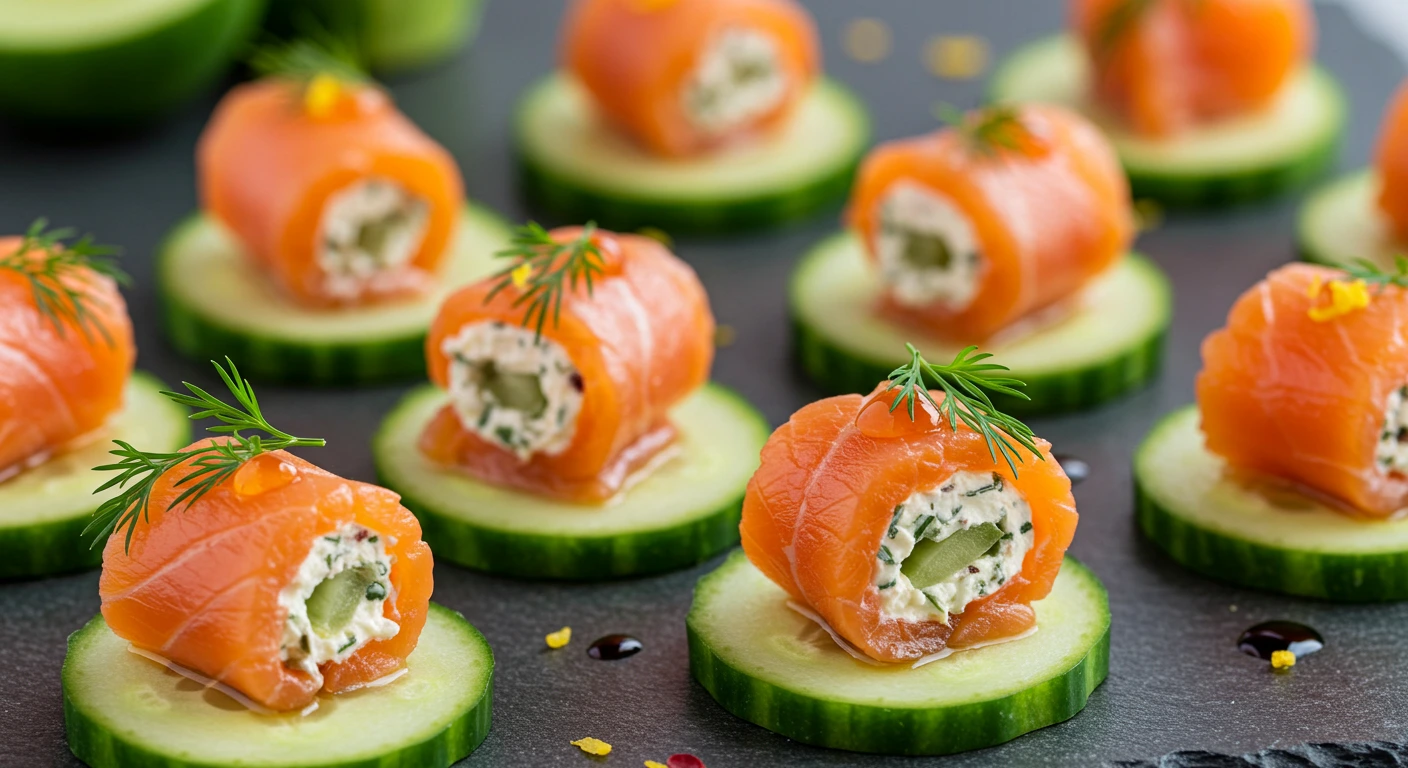Have you ever wondered why the humble salmon loaf is making a comeback in modern kitchens? With its roots in traditional comfort food, the salmon loaf is a versatile and nutritious dish that surprises many with its rich flavors and ease of preparation. Whether you’re a seasoned cook or a kitchen novice, this recipe promises to deliver a delightful meal with minimal fuss. In this post, we’ll explore how the salmon loaf, often overshadowed by more elaborate fish dishes, can be a star on your dining table.
Ingredients List
Creating a delectable salmon loaf starts with fresh, quality ingredients. Here’s what you’ll need:
- 2 cans (14-15 oz each) of salmon, drained: Choose wild-caught for a richer flavor.
- 1 cup breadcrumbs: Provides structure and a subtle crunch.
- 2 large eggs, beaten: Acts as a binding agent.
- 1/4 cup milk: Adds moisture and richness.
- 1/4 cup finely chopped onion: Enhances the savory profile.
- 2 tablespoons lemon juice: Brightens the flavors.
- 1 tablespoon dried dill: Adds a hint of herby freshness.
- Salt and pepper to taste: Essential seasonings.
Substitution Suggestions:
- Gluten-free: Use gluten-free breadcrumbs.
- Lactose-free: Substitute milk with almond milk.
- Fresh salmon: Use 1 lb of cooked and flaked fresh salmon for a more luxurious loaf.
Step-by-Step Instructions
Step 1: Preheat the Oven
Preheat your oven to 350°F (175°C). Grease a loaf pan to prevent sticking.
Step 2: Mix Ingredients
In a large bowl, combine the drained salmon, breadcrumbs, beaten eggs, milk, chopped onion, lemon juice, dill, salt, and pepper. Mix well until all ingredients are fully incorporated and the mixture is cohesive.
Step 3: Shape the Loaf
Transfer the salmon mixture into the prepared loaf pan. Press down gently to ensure even cooking and a consistent shape. Smooth the top for an attractive finish once baked.
Step 4: Bake
Place the loaf pan in the preheated oven and bake for 45 minutes. The loaf should be firm to the touch and lightly golden on top. A toothpick inserted into the center should come out clean.
Step 5: Rest and Serve
Allow the salmon loaf to rest for 5 minutes before slicing. This resting period helps the loaf set and makes serving easier.
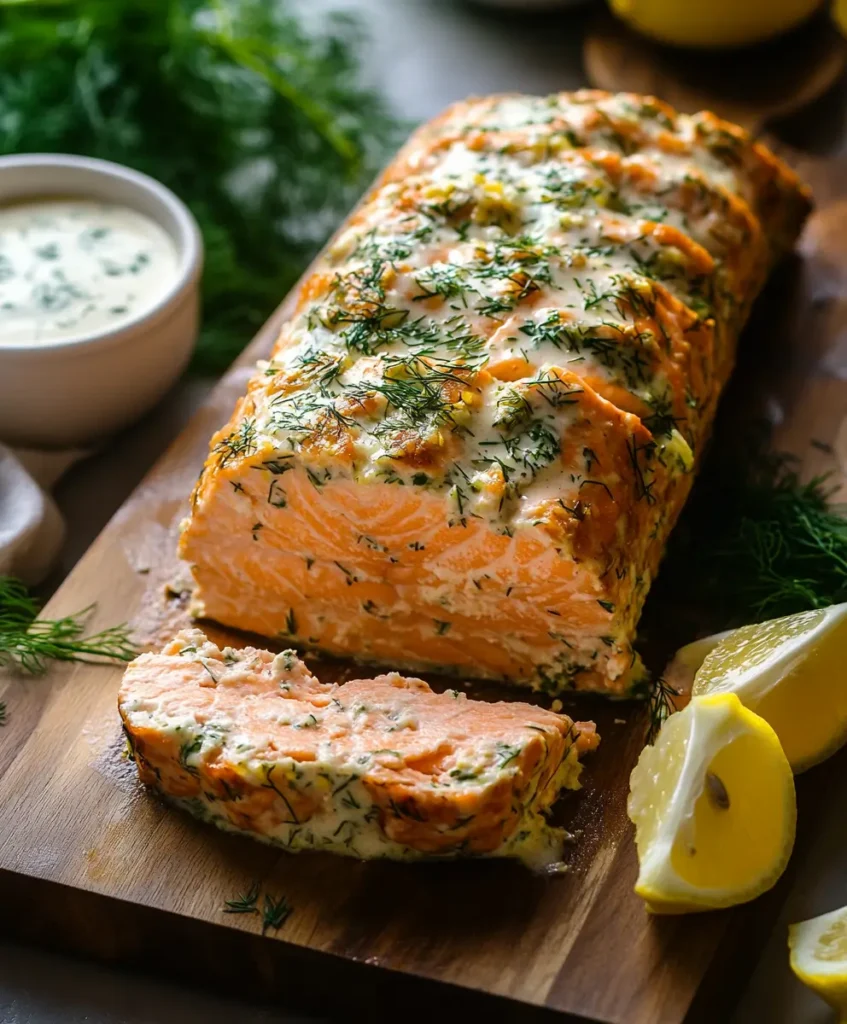
Nutritional Information
Here’s a breakdown of the nutritional content per serving:
- Calories: 250
- Protein: 20g
- Carbohydrates: 15g
- Fat: 12g
- Fiber: 2g
- Sodium: 400mg
This nutritious dish offers a balanced profile, making it a healthy choice for any meal.
Healthier Alternatives for the Recipe
To enhance the nutritional benefits of your salmon loaf, consider these alternatives:
- Replace breadcrumbs with oats for added fiber.
- Use Greek yogurt instead of milk to increase protein content.
- Incorporate chopped spinach or kale for extra vitamins and minerals.
These modifications maintain the delicious flavor while aligning with various dietary preferences.
Serving Suggestions
Elevate your salmon loaf with these serving ideas:
- Pair with a fresh green salad drizzled with a light vinaigrette for a refreshing contrast.
- Serve alongside roasted vegetables for a hearty, seasonal meal.
- Top slices with a dollop of sour cream and a sprinkle of fresh dill for added zest.
These suggestions ensure your dish is not only tasty but also visually appealing.
Common Mistakes to Avoid
Steer clear of these common pitfalls for a perfect salmon loaf every time:
- Overmixing the ingredients can lead to a dense texture. Mix until just combined.
- Underbaking results in a soggy loaf. Ensure the loaf is firm and set before removing from the oven.
- Forgetting to drain the salmon thoroughly, as excess liquid can affect the loaf’s consistency.
Storing Tips for the Recipe
Proper storage ensures your salmon loaf remains delicious:
- Store leftovers in an airtight container in the refrigerator for up to 3 days.
- For longer storage, freeze slices individually, then reheat in the oven for best results.
- Make the loaf ahead of time and refrigerate, baking just before serving for optimal freshness.
Conclusion
This salmon loaf recipe showcases how simplicity meets flavor, offering a nutritious and satisfying meal. Try it for your next dinner and experience the delightful blend of traditional and modern culinary elements. Share your thoughts in the comments below and subscribe for more delicious recipes and kitchen tips!
FAQs
Q1: Can I use fresh salmon instead of canned?
Yes, substitute 1 lb of cooked, flaked fresh salmon for the canned variety for a more gourmet experience.
Q2: How can I make this dish gluten-free?
Use gluten-free breadcrumbs to keep the loaf celiac-friendly without sacrificing texture.
Q3: What side dishes pair well with salmon loaf?
Steamed asparagus, mashed potatoes, or a crisp green salad complement the flavors beautifully.

Salmon Loaf
Ingredients
- 2 cans (14-15 oz each) salmon, drained
- 1 cup breadcrumbs
- 2 large eggs, beaten
- 1/4 cup milk
- 1/4 cup finely chopped onion
- 2 tablespoons lemon juice
- 1 tablespoon dried dill
- Salt and pepper to taste
Instructions
Preheat the Oven:
Preheat oven to 350°F (175°C). Grease a loaf pan.
Mix Ingredients:
In a large bowl, combine salmon, breadcrumbs, eggs, milk, onion, lemon juice, dill, salt, and pepper. Mix well.
Shape the Loaf:
Transfer the mixture to the prepared loaf pan, pressing gently to shape.
Bake:
Bake for 45 minutes until firm and lightly golden on top.
Rest and Serve:
Allow to rest for 5 minutes before slicing.
Notes
- Pair with a fresh green salad and vinaigrette.
- Serve with roasted vegetables for a hearty meal.
- Top with a dollop of sour cream and fresh dill.
Did you make this recipe?
Please leave a comment on the blog or share a photo on Facebook



